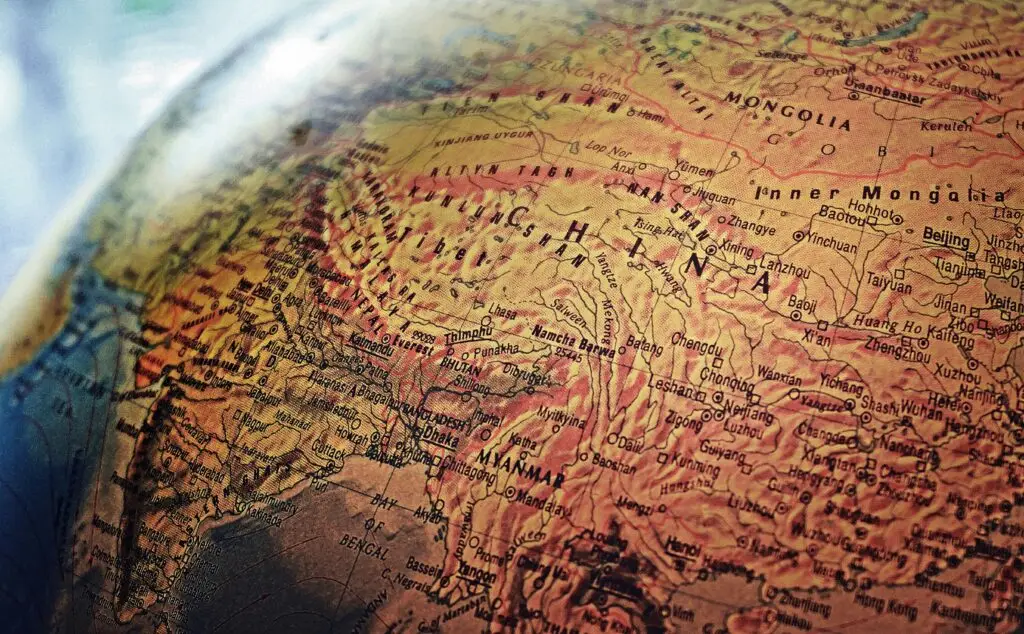India’s concerns in South Asia are shaped by its geographical location, historical ties, and strategic interests in the region. South Asia is a crucial part of India’s immediate neighborhood, and stability and cooperation in this region are central to India’s foreign policy. Here are some of India’s major concerns in South Asia:
1. Security and Stability: India’s primary concern in South Asia is the security and stability of the region. This includes the prevention of conflicts and the maintenance of peaceful relations with neighboring countries. India seeks to ensure that South Asia remains free from any external or internal threats that could jeopardize its security and development.
2. Territorial Integrity: India has faced territorial disputes and border issues with multiple South Asian neighbors. The most significant of these disputes is with Pakistan and China. India’s concerns include the resolution of these disputes and the prevention of any challenges to its territorial integrity.
3. Pakistan: India’s relationship with Pakistan is characterized by longstanding political and military tensions, stemming primarily from historical disputes and differences. Concerns regarding terrorism, cross-border infiltration, and the stability of Pakistan itself are essential aspects of India’s regional concerns.
4. Influence in the Region: India aims to maintain its historical and cultural influence in South Asia. It seeks to be the dominant regional power and promote regional integration, cooperation, and economic development. India is concerned about external powers attempting to gain influence in the region, particularly China, which has been increasing its presence through initiatives like the China-Pakistan Economic Corridor (CPEC).
5. Nepal and Bhutan: Ensuring the stability and security of its landlocked neighbors, Nepal and Bhutan, is a significant concern for India. India aims to maintain close relations with these countries and prevent any potential encroachment on their sovereignty by external powers.
6. Sri Lanka: India is concerned about developments in Sri Lanka, particularly due to its geographic proximity and shared cultural ties with the Tamil population in Sri Lanka. India has been cautious about Chinese investments and influence in Sri Lanka, as they have the potential to affect Indian interests in the Indian Ocean.
7. Bangladesh: India shares a long border with Bangladesh, and the two countries have historically had strong ties. India is concerned about issues related to illegal immigration, border security, and maintaining good diplomatic relations with Bangladesh.
8. Connectivity and Trade: India is focused on enhancing connectivity and trade within South Asia through initiatives like the South Asian Association for Regional Cooperation (SAARC) and the Bay of Bengal Initiative for Multi-Sectoral Technical and Economic Cooperation (BIMSTEC). Concerns in this context include addressing trade imbalances, promoting regional economic growth, and resolving infrastructure challenges.
9. Regional Organizations: India is concerned about the effectiveness and stability of regional organizations like SAARC. The organization has faced challenges due to tensions between India and Pakistan, which have hindered regional cooperation.
10. People-to-People Ties: Promoting people-to-people ties and cultural exchanges in South Asia is a priority for India. Ensuring that citizens of South Asian countries can travel, trade, and engage with each other is essential for regional stability and cooperation.
In summary, India’s major concerns in South Asia revolve around security, territorial integrity, regional stability, influence in the region, and fostering cooperation among neighboring countries. India seeks to address these concerns through diplomacy, economic engagement, and regional cooperation initiatives, ultimately aiming for a peaceful and prosperous South Asia that is conducive to India’s own development and security.
Refer Egyankosh ebook for more.



